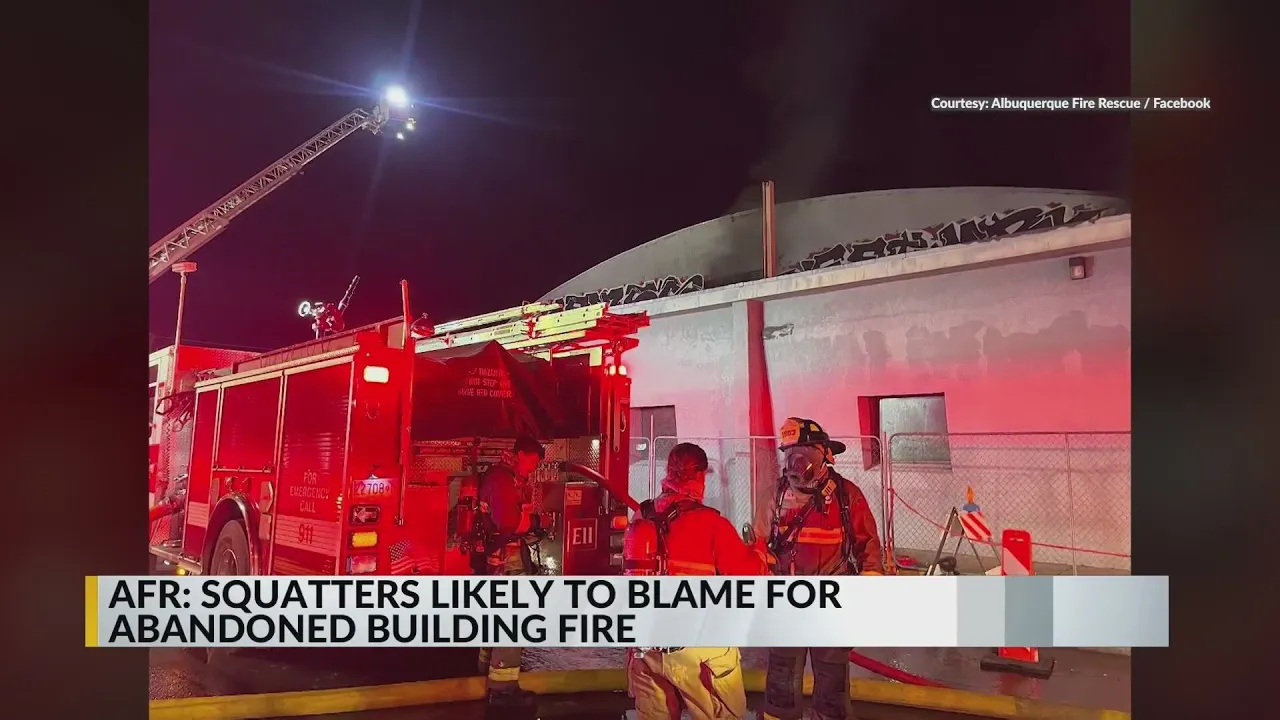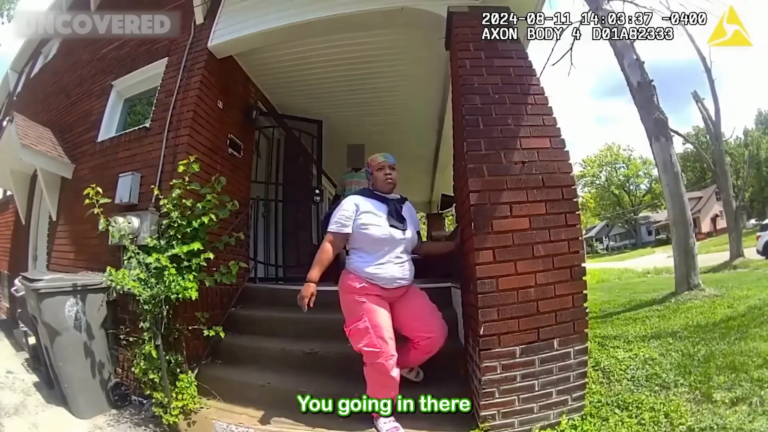
In Albuquerque, squatters are suspected of igniting a fire at an abandoned indoor go-kart facility, raising concerns about safety and property management. This incident highlights the broader issues surrounding squatting and its potential dangers to communities.
Table of Contents
- Introduction to the Incident
- Overview of Firefighting Efforts
- First Fire Response: Wildlife Observation Pavilion
- Investigation into Fire Causes
- The Role of Squatters in Fire Incidents
- Details of the Go-Kart Facility Fire
- Firefighting Strategies Employed
- Extent of Damage and Impact
- Evidence Suggesting Squatter Involvement
- Conclusion: Addressing Squatting and Fire Risks
- FAQ: Understanding Squatting and Fire Safety
Introduction to the Incident
The recent fires in Albuquerque have raised alarm bells regarding the safety hazards posed by abandoned properties and the presence of squatters. One of the incidents involved an indoor go-kart facility, which has become a focal point for discussions about community safety and property management. The fires not only endangered lives but also highlighted the urgent need for better oversight of vacant buildings.
Overview of Firefighting Efforts
Firefighters in Albuquerque responded swiftly to the incidents, demonstrating their commitment to public safety. The first fire response occurred at the Wildlife Observation Pavilion, where crews managed to contain the fire in a remarkably short time. Their efforts prevented further damage and ensured the safety of the surrounding area.

Photo by Slava Taukachou on Unsplash
In the case of the go-kart facility, firefighters faced significant challenges due to the structure’s deteriorating condition. The offensive strategy employed was crucial in combating the flames and protecting nearby properties. Firefighters worked diligently to control the blaze, showcasing their expertise in high-pressure situations.
First Fire Response: Wildlife Observation Pavilion
The fire at the Wildlife Observation Pavilion broke out early in the morning, around 6:00 AM. Fire crews arrived promptly and were able to contain the blaze within approximately 35 minutes. This quick response was vital in preventing the fire from spreading to adjacent wooded areas, which could have led to a larger disaster.

Photo by Ray Hennessy on Unsplash
Firefighters utilized their training and equipment to assess the situation and implement effective containment strategies. Their ability to manage the fire efficiently reflects the rigorous training that Albuquerque Fire Rescue personnel undergo to handle such emergencies.
Investigation into Fire Causes
Following the incidents, investigations commenced to determine the causes of the fires. Initial findings suggest that the go-kart facility fire was likely linked to the activities of squatters. The materials found at the scene indicated that they may have been using the space for shelter or other purposes.

Photo by Paul Bulai on Unsplash
Authorities are working to gather more evidence and will continue to monitor the situation. Understanding the causes of these fires is essential for preventing future incidents and ensuring community safety.
The Role of Squatters in Fire Incidents
Squatters have become a significant concern for urban areas, particularly in abandoned or derelict buildings. Their presence not only poses risks to themselves but also to the surrounding community. The fires at the go-kart facility exemplify how squatting can lead to dangerous situations.

Photo by Joseph Barrientos on Unsplash
When properties are left unattended, they often attract individuals seeking shelter. Unfortunately, this can result in hazardous activities, including the use of open flames for cooking or heating. The link between squatters and fire incidents is a growing issue that needs to be addressed by local authorities.
Details of the Go-Kart Facility Fire
The fire at the abandoned go-kart facility was reported around 1:00 AM and escalated quickly. Firefighters employed an aggressive strategy to contain the flames, given the risk of roof collapse. Their decisive actions helped prevent a more extensive disaster, limiting damage primarily to a second-floor office area.

Photo by Cullan Smith on Unsplash
As the investigation unfolds, the evidence points toward the activities of squatters as a likely cause of the blaze. This incident serves as a reminder of the potential dangers associated with vacant properties and the urgent need for community action to address these risks.
Firefighting Strategies Employed
The Albuquerque Fire Rescue (AFR) teams employed a combination of aggressive and defensive firefighting strategies during the incidents. At the go-kart facility, the offensive approach was essential due to the risk of structural collapse. Firefighters quickly assessed the situation and prioritized protecting adjacent properties while battling the flames.

Photo by Scott Graham on Unsplash
Utilizing a coordinated effort, the teams deployed multiple hoses to combat the fire from various angles. This method allowed them to efficiently contain the blaze, minimizing further damage. The expertise of the firefighters in navigating hazardous conditions was crucial in preventing a larger disaster.
Extent of Damage and Impact
The damage inflicted by the fire at the go-kart facility was significant but contained. Most of the destruction was limited to a second-floor office area, sparing the main structure from total devastation. However, the impact of the fire extended beyond just physical damage.

Photo by Adriano Pucciarelli on Unsplash
Community safety concerns have escalated as a result of this incident. The presence of squatters and the resulting fire hazards have prompted local authorities to reconsider their strategies for managing abandoned properties. This fire serves as a stark reminder of the risks posed by neglecting vacant buildings.
Evidence Suggesting Squatter Involvement
Investigators have gathered compelling evidence linking squatters to the fire at the go-kart facility. Burned materials found on-site suggest that individuals had been using the building for shelter. This highlights the growing issue of squatting in urban environments and its potential dangers.

Photo by Priscilla Du Preez 🇨🇦 on Unsplash
As authorities delve deeper into the investigation, they are focusing on how to mitigate the risks associated with abandoned properties. The need for effective strategies to address squatting is becoming increasingly urgent, especially given the hazardous outcomes of such incidents.
Conclusion: Addressing Squatting and Fire Risks
Addressing the issue of squatters is crucial for enhancing community safety. Local governments must develop comprehensive plans that include securing abandoned properties and providing resources for those in need. Preventing access to vacant buildings can significantly reduce the risk of fire and other dangers associated with squatting.

Photo by Caleb Cook on Unsplash
Moreover, education and outreach programs can help connect individuals at risk of homelessness with available services. By tackling the root causes of squatting, communities can create safer environments for everyone.
FAQ: Understanding Squatting and Fire Safety
What are squatters?
Squatters are individuals who occupy an abandoned or unoccupied property without legal permission. They often seek shelter in vacant buildings, which can lead to various safety hazards.
How do squatters contribute to fire risks?
Squatters may engage in unsafe practices, such as using open flames for cooking or heating, which increases the risk of fire. Abandoned properties often lack necessary fire safety measures, exacerbating these dangers.
What can communities do to address squatting?
Communities can implement strategies such as securing vacant buildings, increasing surveillance, and offering support services for individuals experiencing homelessness. Collaborative efforts can help mitigate the risks associated with squatting.
Are there legal actions against squatters?
Yes, property owners can pursue legal action to evict squatters. However, this process can be lengthy and may require local authorities’ involvement, particularly if safety issues arise.





